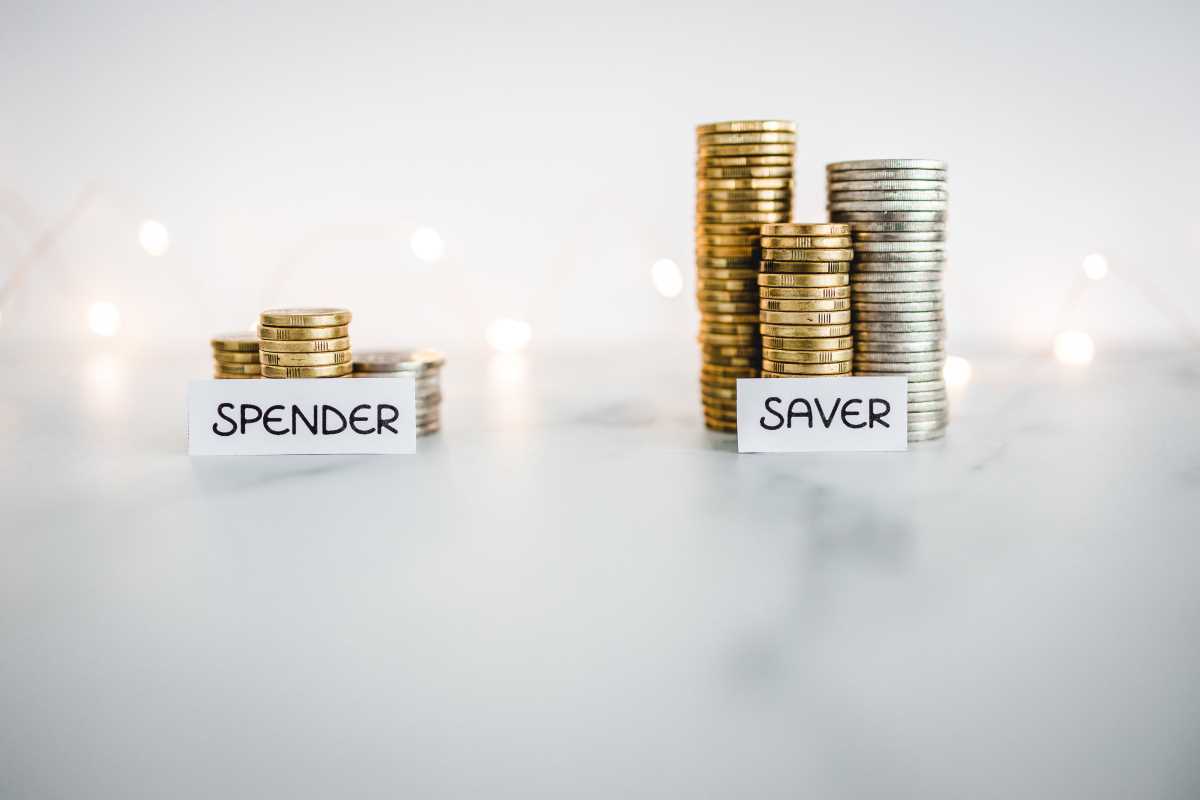Grocery shopping is one of those tasks we all have to do, but have you thought about how it could also be a way to save money or even earn a little extra back? With food prices always on the rise, it’s easy for a quick trip to the store to eat into your budget. But don’t worry—with the right strategies, you can make grocery shopping an opportunity to save money instead of just spending it. Whether it’s using coupons, planning your meals, or shopping smart with cash-back apps, there are plenty of ways to tackle your grocery list without breaking the bank. Let’s dig into some simple tips that can make a big difference for your wallet.
Plan Ahead With Meal Planning
Meal planning might sound like something only overly organized people do, but it’s really just about being intentional with what you eat and buy. The idea is to plan out your meals for the week ahead so you only buy what you actually need.
How to Start Meal Planning
- Look at what you already have: Check your pantry, fridge, and freezer to see what ingredients you can use for this week’s meals.
- Plan meals around sales: Take a look at your grocery store’s weekly ad to find which items are on sale, then build your meals around them. For example, if chicken breasts are discounted, that’s a great base for meals like stir-fry, chicken soup, or grilled chicken salads.
- Write a shopping list: Once you’ve planned your meals, jot down all the ingredients you’ll need. Stick to this list in the store to avoid impulse purchases.
Meal planning not only helps you save money, but it also reduces food waste since you’re buying only what you’ll use. Plus, it saves you the stress of trying to figure out what’s for dinner every night!
Shop Sales and Use Coupons
Another easy way to turn grocery shopping into a savings opportunity is by focusing on sales and coupons. It might feel old-school, but these methods still work like a charm.
How to Shop the Sales
- Sign up for your store’s loyalty program: Many grocery chains offer loyalty memberships that give you access to special discounts, member-only sales, and digital coupons.
- Check the weekly ad: Most stores release a weekly ad listing sale items. You can often find great deals on staples like produce, meat, and dairy.
- Stock up on non-perishables: When items like pasta, rice, or canned goods are on sale, buy a little extra to save in the long run.
Using Coupons Without the Hassle
Gone are the days of clipping coupons from newspapers (unless you’re into that). Many stores now have digital coupons you can load straight to your loyalty account. You can also use apps like Coupons.com or Ibotta to find easy savings.
For an added bonus, try pairing a coupon with a sale item. For example, if your favorite cereal is already 50% off and you have a $1-off coupon, that’s an even bigger win!
Buy in Bulk (But Smartly)
Buying in bulk can save you money if you do it wisely. While it’s tempting to buy those giant packs of snacks or toilet paper simply because they seem like a deal, you want to make sure you’re getting true savings.
When Bulk Buying Makes Sense
- Staples: Non-perishable items like rice, beans, pasta, and canned goods are great for bulk buying since they don’t go bad quickly.
- Freezer-friendly foods: Meats, frozen vegetables, and bread can be bought in bulk and stored in your freezer for later use.
- High-usage items: If you go through certain products quickly (like cooking oil, pet food, or paper towels), buying in bulk will likely save you money in the long run.
What to Watch Out For
- Don’t bulk-buy perishable items unless you’re sure you can use them before they expire. No one likes tossing out spoiled lettuce or yogurt.
- Always check the unit price (the cost per ounce, pound, or item) to confirm that you’re actually getting a deal. Sometimes, smaller packages can be cheaper!
Stores like Costco, Sam’s Club, or BJ’s are goldmines for bulk items. But even regular grocery chains often have bulk sections where you can choose how much of an item to buy without the packaging.
Leverage Cash-Back Apps and Credit Cards
Why stop at saving money when you can actually earn some of it back? Cash-back apps and credit cards designed for grocery spending are great tools to add to your savings arsenal.
The Power of Cash-Back Apps
Apps like Ibotta, Fetch Rewards, and Rakuten offer you cash back on specific products or general grocery purchases.
- With Ibotta, you just need to add the items you’re buying to your app account, scan your receipt after shopping, and watch your rewards add up.
- Fetch Rewards lets you earn points by simply snapping a photo of your receipt; the points can be redeemed for gift cards.
- Rakuten sometimes features partnerships with grocery delivery services like Instacart, giving you cash back for shopping online.
Maximize Rewards with Credit Cards
If you use a credit card for grocery shopping, consider one that rewards you for these purchases. For instance:
- Blue Cash Preferred® Card from American Express: Earns you 6% cash back on U.S. supermarket spending (up to $6,000 annually).
- Chase Freedom Flex℠: Often has 5% rotating cash-back categories, including groceries.
- By combining a rewards credit card with other savings strategies, you can seriously maximize your grocery budget!
Don’t Shop When You’re Hungry
This might seem like a random tip, but trust me on this one! Shopping while hungry often leads to buying unnecessary snacks or high-cost items you don’t need. That bag of chips or tub of ice cream might seem irresistible when your stomach is growling—but sticking to your list becomes much harder when hunger strikes.
Try to eat a meal or snack before hitting the grocery store to help you stay focused and avoid impulse buys.
Explore Store Alternatives
Sometimes, switching where you shop can lead to big savings. Not all grocery stores are priced the same, and alternative options like discount chains or farmers’ markets can be great ways to save.
Discount Grocery Stores
Chains like Aldi or Lidl are known for their low prices without sacrificing quality. You might not find every name-brand item you’re used to, but their generic options often taste just as good.
Shop Local
Farmers’ markets often have fresh produce at lower prices than chain grocery stores. Plus, many vendors offer discounts at the end of a market day, so it’s worth timing your visit.
.jpeg)
.jpg)





